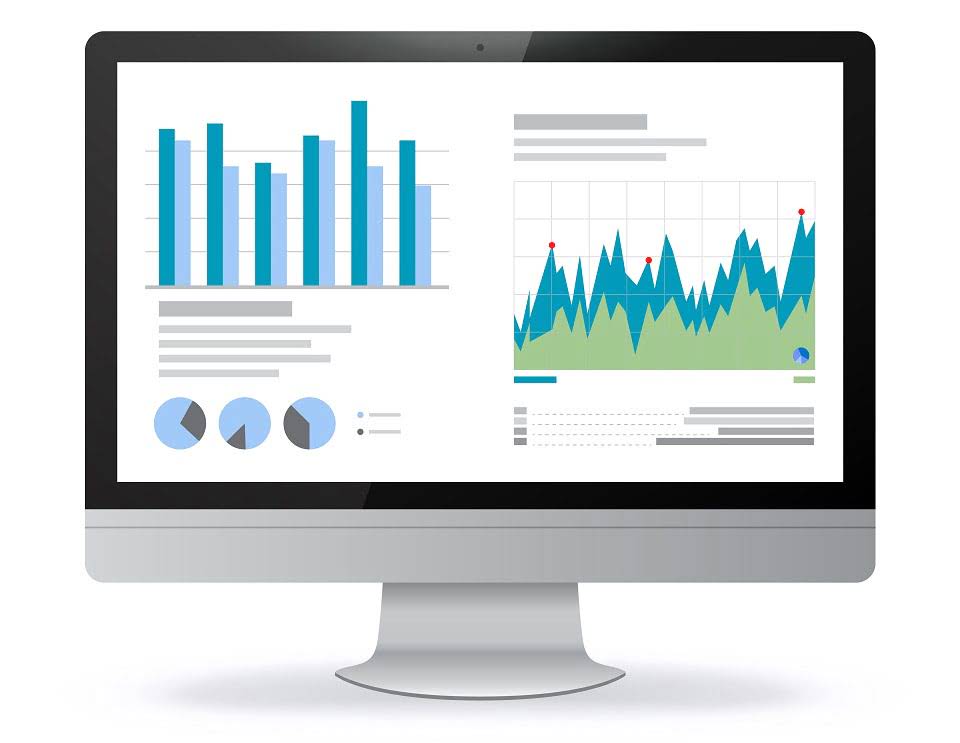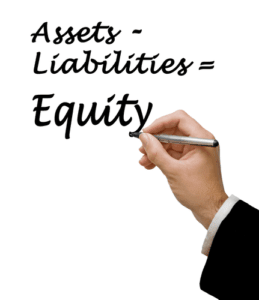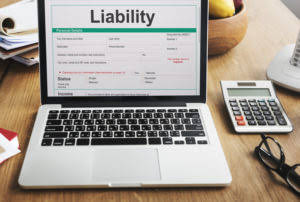
Many businesses have between 5 and 30 percent founder ownership at the company’s IPO. Typically, business owners should choose a number that includes the stocks being issued and some for reservation. The best investment for a business owner is to choose the highest number of authorized stocks for the lowest filing fee. Below is the procedure for calculating common stock outstanding from a balance sheet. Issued shares are those given out in exchange for money to investors or as compensation for work or supplies one does or provides for the company to employees and suppliers. While people tend to confuse them with shares outstanding, they are not completely similar.
- This tells you how much of that stock was issued but not how much there currently is.
- The investors should make such investigations as it deems necessary to arrive at an independent evaluation of use of the trading platforms mentioned herein.
- The primary distinction between issued and outstanding shares is that issued shares comprise both outstanding and treasury shares, whereas outstanding shares solely include shareholder-owned shares.
- Companies must provide regular reports of their balance sheet to investors as well as federal regulators like the Securities Exchange Commission (SEC).
- BofDs typically use the fully diluted or working-model calculation for planning and projecting.
- By evaluating EPS from continuing operations, an analyst is better able to compare prior performance to current performance.
Stock Shares Outstanding Calculator
The existing shares become less valuable since the same earnings are divided among more shares when the number of outstanding shares increases. The number of outstanding shares can change over time due to 6 main factors. The six main factors are stock issuances, stock buybacks, stock splits, stock dividends, conversion of securities, and Mergers and Acquisitions. Outstanding shares are the total quantity of shares of a company’s stock issued and owned by institutional investors, Certified Public Accountant individual investors, and insiders. There are two categories of outstanding shares, common and preferred shares. They allow shareholders to vote on company decisions and collect dividends if declared but are the last to receive the assets in the event of bankruptcy.
- Users shall be the sole owner of the decision taken, if any, about suitability of the same.
- Assume that Company A has 100 million shares outstanding and a trading price of $10.
- Investors and analysts use both shares outstanding and floating stock to evaluate a company’s financial health and performance and to calculate various financial ratios and metrics.
- Below, you’ll find some tips on a couple of different calculation methods to determine the number of shares of stock a company has.
- On the other hand, investors should also carefully evaluate the potential disadvantages of management shares, such as conflicts of interest and a lack of responsibility.
Stock Split

After you have the total shares issued and treasury shares, you can use the formula to compute the number of outstanding shares. A company issues outstanding shares when it decides to raise funds by selling ownership in the company to investors. The company either issues new shares in an initial public offering (IPO) or sells additional shares in a secondary offering.
How to Calculate the Number of Shares a Company Has
To determine the outstanding shares, you must deduct the number of repurchased or retired shares from the total number of shares issued by the company. Investors can distinguish between authorized shares, which indicate the maximum number of shares a company can issue, and outstanding shares, which represent the number of shares the investors currently hold. Accounting for Marketing Agencies There is a relationship between authorized and outstanding shares, although they represent different characteristics of a company’s stock. The number of outstanding shares can never surpass the maximum number of authorized shares. A company cannot issue further shares without modifying its articles of formation if it reaches its approved share limit. Ordinary shares (common shares) are the most basic type of stock that a company can issue.

Company
- The 10-K annual report includes a section on equity disclosures, detailing the number of shares outstanding as of the fiscal year-end and providing historical data on share issuances and buybacks.
- In the beginning, your business won’t be worth $1 million, so each stock won’t be worth $10.
- Basic EPS consists of the company’s net income divided by its outstanding shares.
- Conversely, a reverse stock split reduces the number of outstanding shares.
- This section provides the sum of the total authorized shares, the total number of shares outstanding, and the total floating shares.
- Out of 71 technology IPOs analyzed, the average ownership of founders was 15 percent.
Understanding them is crucial for investors as it provides information about a company’s ownership structure and financial health. Furthermore, by knowing how many shares are owned by shareholders, investors can assess the company’s market value and its growth potential. Let us understand outstanding shares’ meaning, how they can change, and explore their various types. Delaware asks business owners to disclose how many authorized shares the company needs at formation to figure franchise fees. The amount of shares you want to give away is a factor in deciding a total number to authorize. Speak with a tax professional or tax attorney for more information on your state’s fees and taxes.

It is adjusted to account for any changes in the number of shares outstanding over that time, such as share issuances or repurchases. The resulting figure is used to calculate important financial metrics such as earnings per share how to find shares outstanding (EPS) and is required to be disclosed in a company’s financial statements. Shares outstanding and treasury shares are two important concepts related to a company’s stock ownership structure.
Key Takeaways

And so in theory (and often in practice), highly-shorted stocks with a low float present ripe conditions for a so-called “short squeeze”. In certain cases, notably for companies that are aggressively issuing shares or debt, public data should be augmented with a reading of SEC filings. But for mature companies with relatively little movement in share count (either basic or diluted), quarterly and annual data from public sources should easily suffice for solid fundamental analysis. For a loss-making company, the diluted share count will reduce loss per share, since the net loss is being spread over a larger amount of shares. Likewise, a shrinking EPS figure might nonetheless lead to a price increase if analysts were expecting an even worse result. It is important to always judge EPS in relation to the company’s share price, such as by looking at the company’s P/E or earnings yield.

Learn about stocks that could split in 2025 and why a company might decide to do a stock split. A publicly-traded company can directly influence how many shares it has outstanding. The number of shares outstanding of a company can be found in its quarterly or annual filings (10-Qs or 10-Ks). You can find shares outstanding at the top of a company’s 10-Q or 10-K filing.
